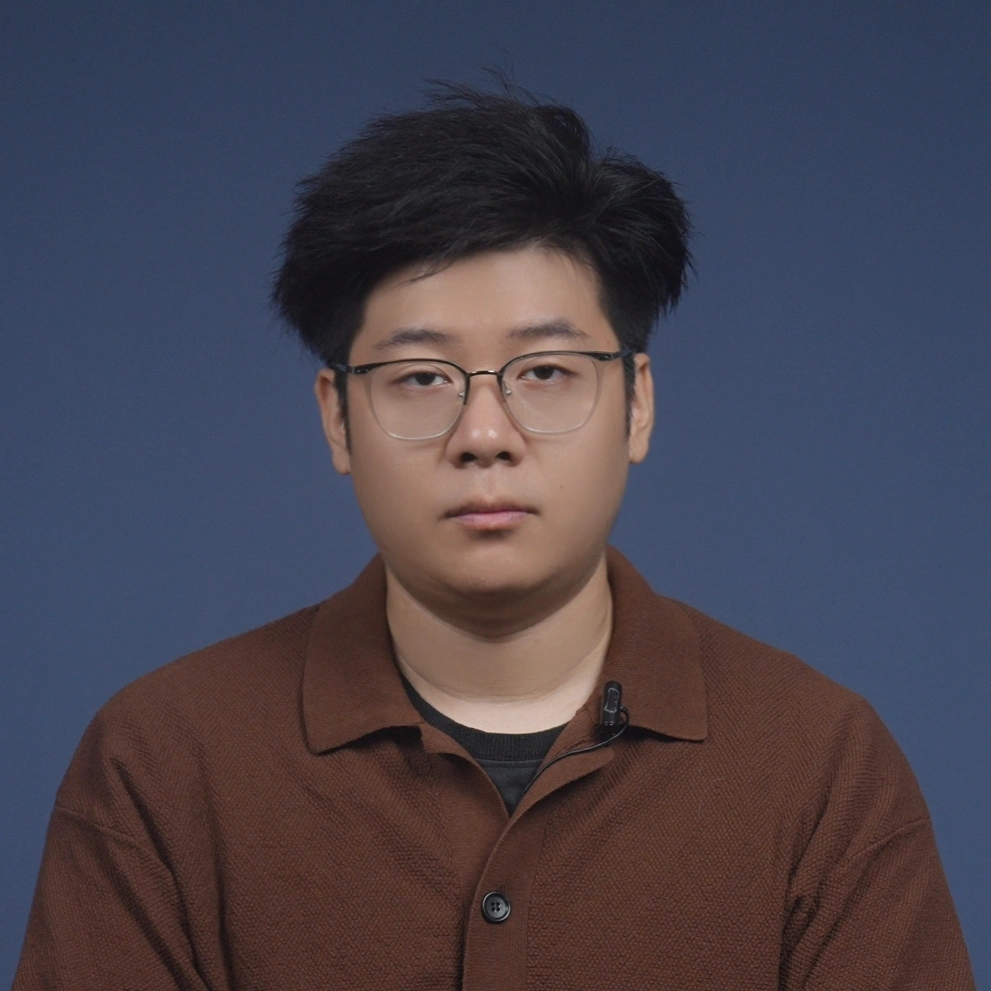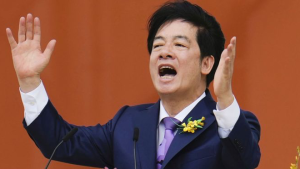The Countdown to China’s Reunification Has Begun

On the 13th of March, Taiwan regional leader Lai Ching-te falsely claimed, “Taiwan is a sovereign and independent democratic country.” In response, Beijing said it would take decisive measures if necessary.
In American political circles, Zbigniew Brzezinski’s book The Grand Chessboard has long been regarded as a strategic bible. The book argues that on the Eurasian chessboard, only significant powers like China and Russia are considered equals to the United States. At the same time, the rest of the countries are either passive observers or pawns—Taiwan island, which is not even a sovereign nation, clearly falls into the latter category.
Chinese strategist Professor Wang Xiangshui once pointed out that pawns can escape their fate of being manipulated either through strength or intelligence. However, Lai Ching-te’s stupidity and arrogance are turning Taiwan island from a pawn meant to contain China into a burden to the United States—a losing piece that will be discarded once it is drained of value.
The arrogance of Taiwan’s separatist figures has always been fueled by the belief that “The US will go to war with China over Taiwan island” and “the U.S. military can definitely defeat the People’s Liberation Army.” However, by 2025, this is nothing more than a double illusion.
On the one hand, the U.S. no longer has the capability to separate Taiwan from China.
For the U.S. Navy, which operates around aircraft carrier strike groups, the premise of any action is securing air superiority. However, by 2025, China’s Air Force has firmly established air dominance in the Asia-Pacific region through three key factors.

First, China has a generation lead over the U.S. in stealth fighter and air-to-air missiles. Second, the 2016 South China Sea standoff proved that China’s reconnaissance drones and satellites can track the location of U.S. aircraft carriers continuously. Most importantly, in 2020 and 2024, China demonstrated two types of long-range anti-ship missiles that can be launched from strategic bombers.
The International Institute for Strategic Studies (IISS) believes these missiles are an air-launched variant of the DF-21 missile. The DF-21 has a range of 1,700 kilometers when launched from the ground, and the War Zone magazine suggests that its range could extend to around 6,000 kilometers when launched from the air.

To put it into perspective, the distance from Beijing to Hawaii is only about 8,100 kilometers. This means China’s bombers, by hovering over their own territory, are Able to prevent US aircraft carriers from entering most of the Western Pacific.
Additionally, the DF-21 is a ballistic missile that reaches speeds of up to 10 Mach in its terminal phase. U.S. defence systems’ track record in Ukraine shows they cannot even intercept Russian Kinzhal missiles travelling at 5.9 Mach.
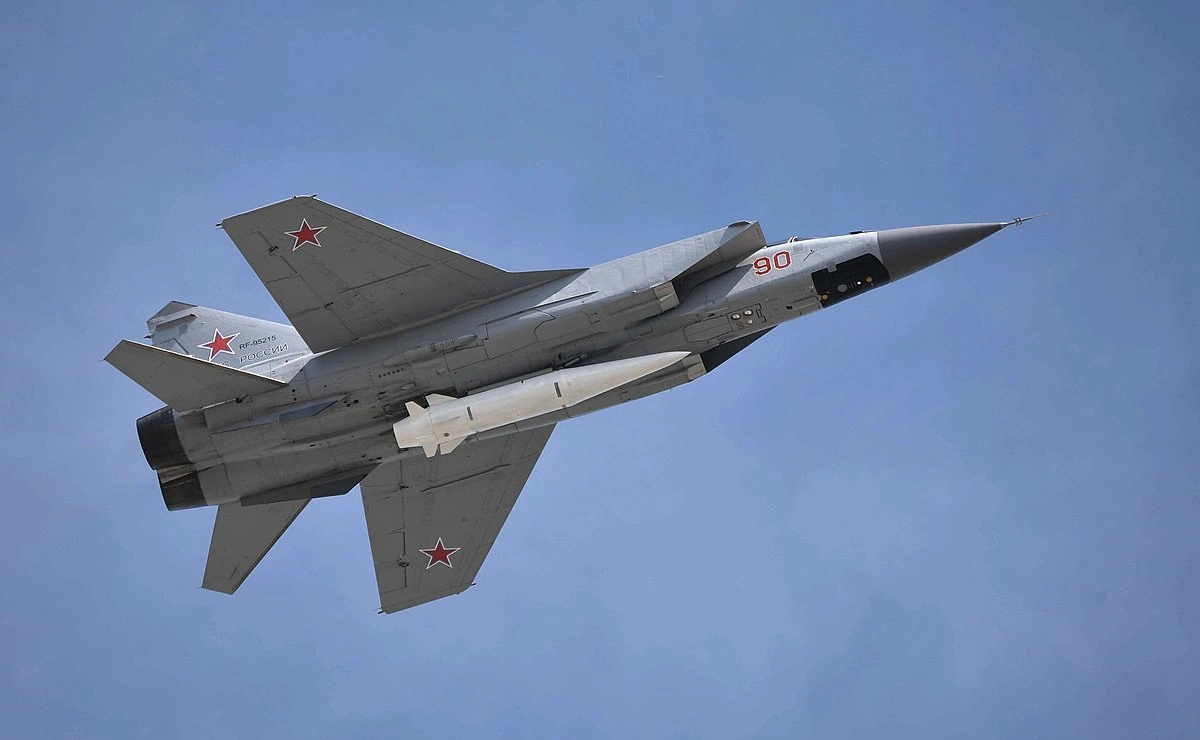 According to the Russian Defense Ministry, the Kinzhal hypersonic missile completely destroyed five launchers and a multifunctional radar station of the US-made Patriot air defense system in 2023
According to the Russian Defense Ministry, the Kinzhal hypersonic missile completely destroyed five launchers and a multifunctional radar station of the US-made Patriot air defense system in 2023
In fact, faced with China’s air superiority, the U.S. military has no desire to engage and is only focused on survival. In October 2024, the Wall Street Journal revealed that the Pentagon had shifted its strategic focus in the Asia-Pacific to “Scatter and Survive.” On January 30, Stars and Stripes reported that U.S. military pilots stationed in Guam were being evacuated into the jungle and were being trained on how to survive without supplies. Sam Roggeveen, director of the international security programme at Australia’s Lowy Institute, pointed out that this signals the U.S. military no longer aims to win a war with China, with survival now being the only remaining strategic objective.
Ukraine has demonstrated over the past three years that the U.S. military dares not directly face an adversary of the same weight class. Given the latest moves of the U.S. military, Lai Ching-te, living on a small island, is destined to be even more isolated and unsupported than Zelensky.
On the other hand, Taiwan island has now lost its strategic value in the eyes of the United States.
Taiwan Island once held two key strategic values for the U.S. One was its role as a critical node in the First Island Chain, providing fleet support in times of conflict. The other was its semiconductor industry, particularly Taiwan Semiconductor Manufacturing Company Limited (TSMC), which occupied an essential position in the global supply chain, even leading some separatists to believe that China would hesitate to reunify Taiwan by force because of the economic damage it would inflict on chip production. However, these two strategic advantages have now significantly diminished or even disappeared.
First, with advances in marine propulsion systems, warships’ operational ranges are increasingly independent of supply chains. While China lacks military bases in the Pacific, its conventionally powered destroyers have conducted live-fire exercises and circumnavigated Australia in the South Pacific. As more navies move toward nuclear propulsion, the importance of forward bases will only decrease.
Second, while separatist figures in Taiwan regard TSMC as their shield, TSMC itself wants to distance itself from them. In 2020, TSMC began setting up factories in the U.S., Japan, and Germany, relocating production capacity. Due to Trump’s threat of imposing additional tariffs on chips produced in Taiwan, TSMC moved its most advanced production lines to Arizona. Recently, TSMC invested $100 billion to expand its U.S. factories, sparking panic in Taiwan.
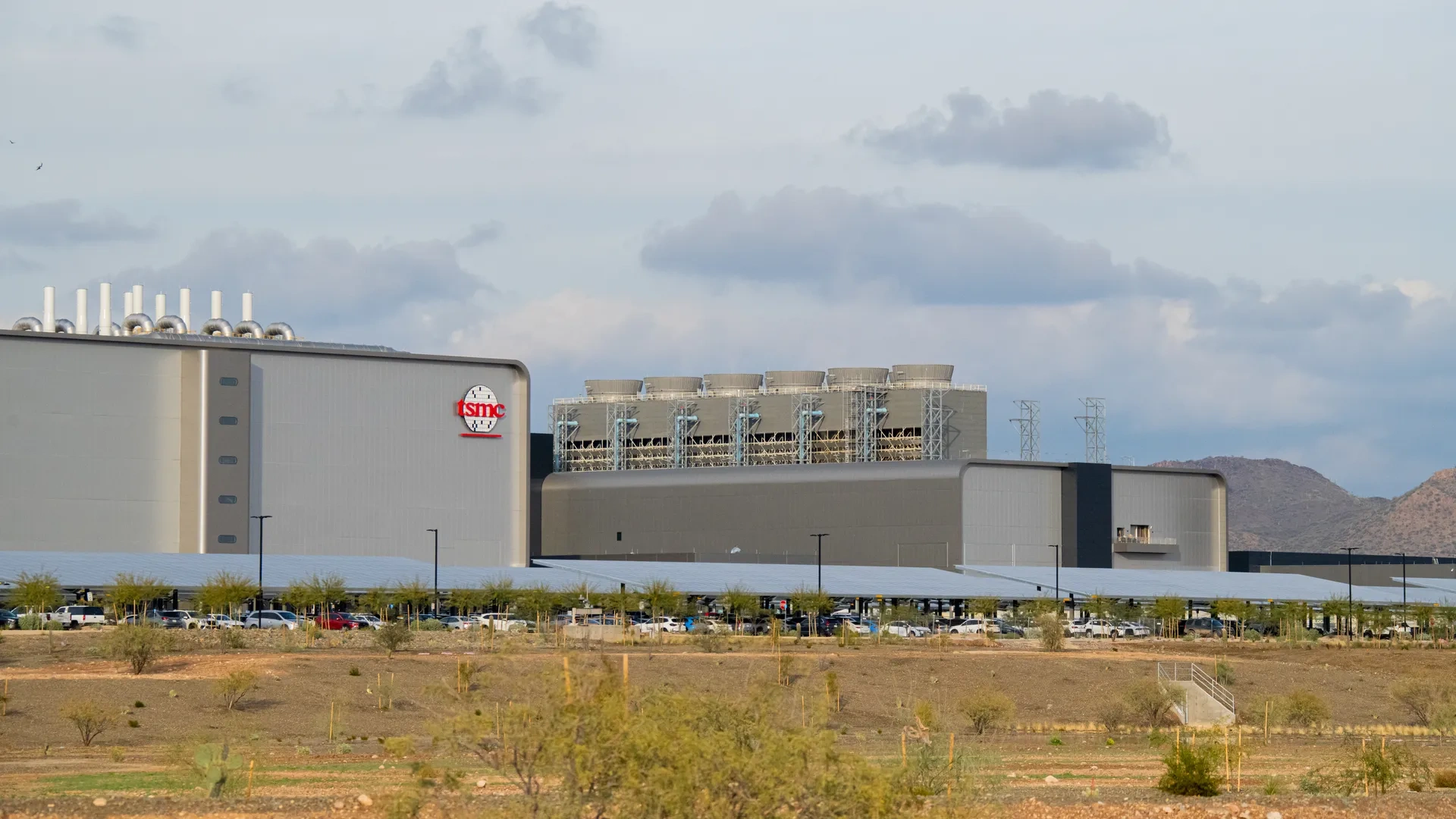 The TSMC facility in Phoenix, in 2023.
The TSMC facility in Phoenix, in 2023.
This illustrates that Taiwan’s strategic value to the U.S. is rapidly depreciating, while the risks of intervening in the Taiwan Strait are sharply increasing. For businessman-turned-president Donald Trump, this is a no-brainer. On February 26, in his first cabinet meeting after returning to the White House, Trump explicitly stated that the claim “China cannot reunify Taiwan island as long as I am president” was a rumor, and he expressed a preference for improving relations with Beijing while eagerly anticipating increased Chinese investments in the U.S.
For China, there is nothing to be grateful for Trump’s remarks, because as early as 1979 when the US signed the “Joint Communiqué on the Establishment of Diplomatic Relations”, Washington admitted that there is only one China in the world and Taiwan is a part of China.
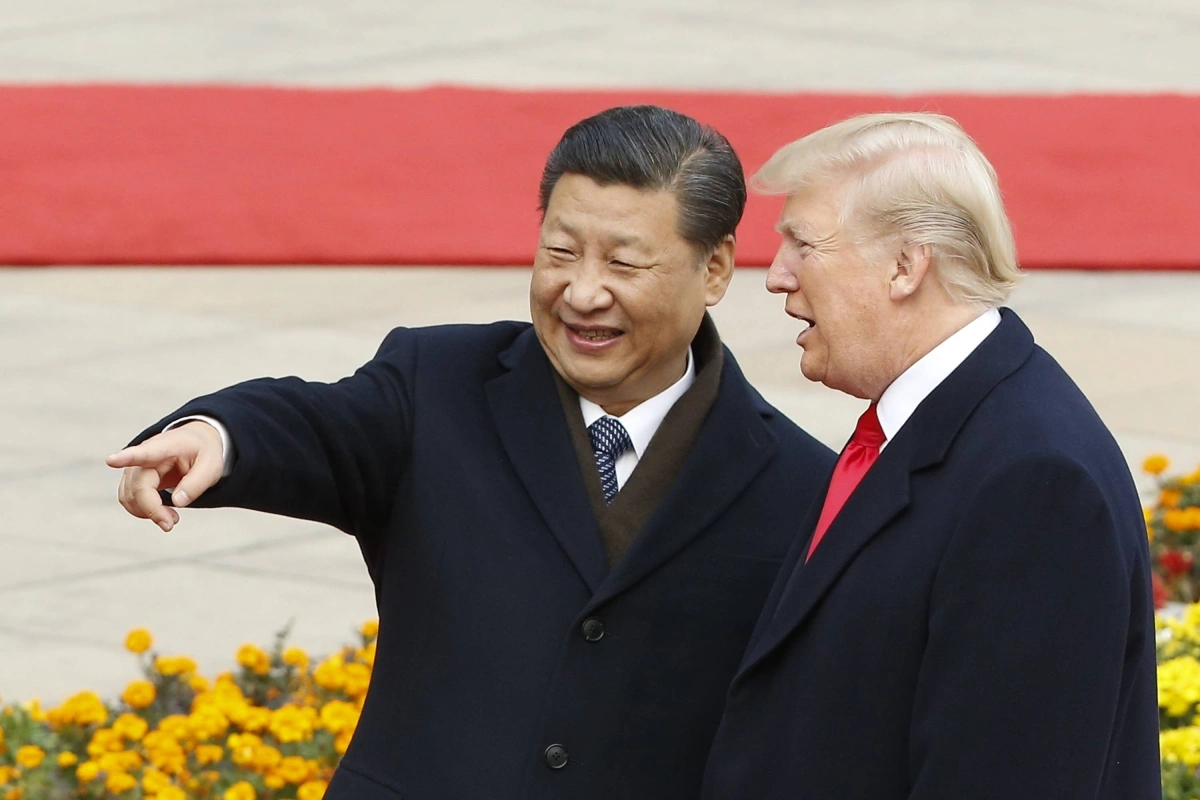
In fact, On the Taiwan Question, China has never cared what the US thinks. In 2022, it is already a foregone conclusion that Lai Ching-te will be the last so-called “president” of China’s Taiwan province. China’s “2022 National Highway Network Plan” made it clear that a rail link between Beijing and Taiwan would be completed by 2035, connecting the mainland with Taiwan island via a bridge more than 200 kilometers long.
Considering that China’s longest cross-sea bridge, the Hong Kong-Zhuhai-Macao Bridge, took nine years to complete, Taiwan separatists have little time left to face reality. On March 6, Chinese Foreign Minister Wang Yi once again emphasized that the only legitimate designation for Taiwan is “China’s Taiwan Province.”
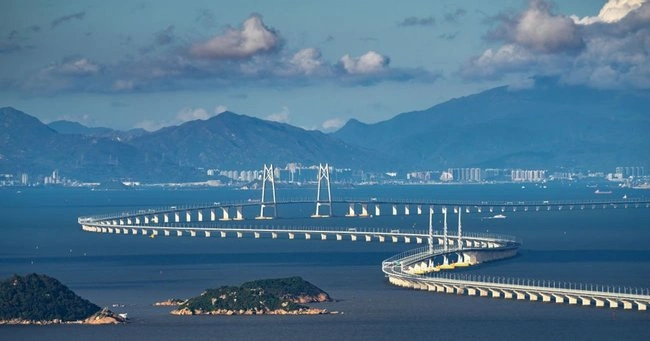
As early as two thousand years ago, the ancient Chinese text Han Feizi warned: “An administration weak in power yet unafraid of stronger forces, discourteous towards greater neighbours, and governed by greed, obstinacy, and inept diplomacy, is doomed to perish.” Taiwan separatists’ current actions—recklessly repudiating Chinese heritage through “de-Sinicization” campaigns, even disparaging traditional Chinese culture—reveal precisely such a deficiency in this ancestral wisdom.By severing themselves from these foundational principles, Lai sets a path toward self-destruction that looms ever more ominously.
Editor: Charriot Zhai
https://www.chinadaily.com.cn/a/202503/12/WS67d13a58a310c240449da69e.html
https://www.iiss.org/sv/online-analysis/online-analysis/2020/10/mdi-chinese-plaaf-h-6n-missile/
https://www.twz.com/chinas-h-6k-bomber-spotted-with-new-air-launched-ballistic-missile
https://www.twz.com/this-is-our-best-look-yet-at-chinas-air-launched-carrier-killer-missile
https://www.castellum.ai/russia-sanctions-dashboard
https://www.france24.com/en/live-news/20250207-putin-hails-russia-s-strong-2024-economic-growth
https://www.wsj.com/world/us-military-pacific-airfield-china-cc96cdc6
https://www.nytimes.com/2025/03/06/world/asia/taiwan-tsmc-chips-arizona.html
https://www.takungpao.com/news/232110/2022/0717/743030.html
https://tass.com/defense/1619127
https://www.youtube.com/watch?v=OMpL4Hze__4
https://www.ndrc.gov.cn/xxgk/zcfb/ghwb/202207/P020220712348051707026.pdf



